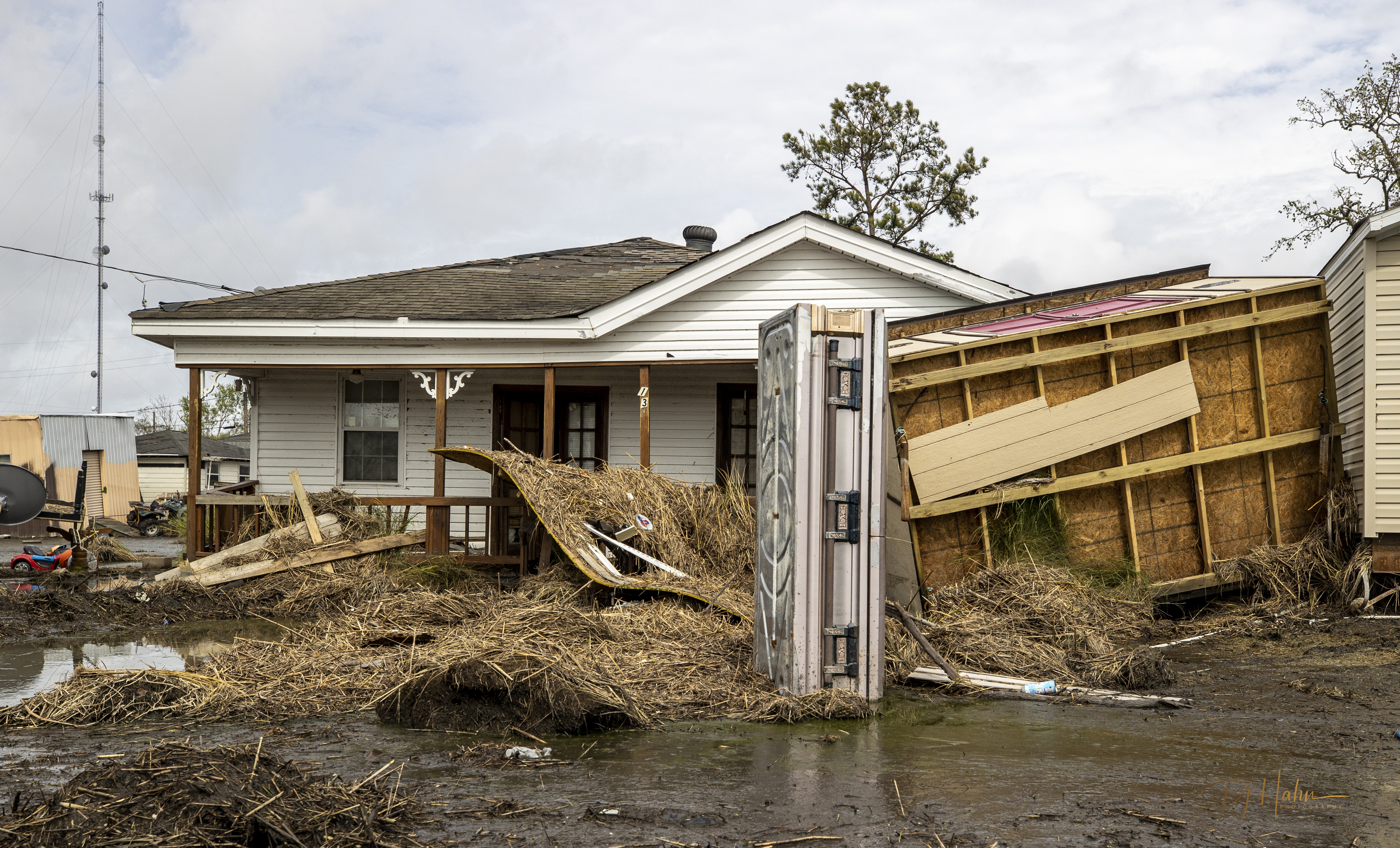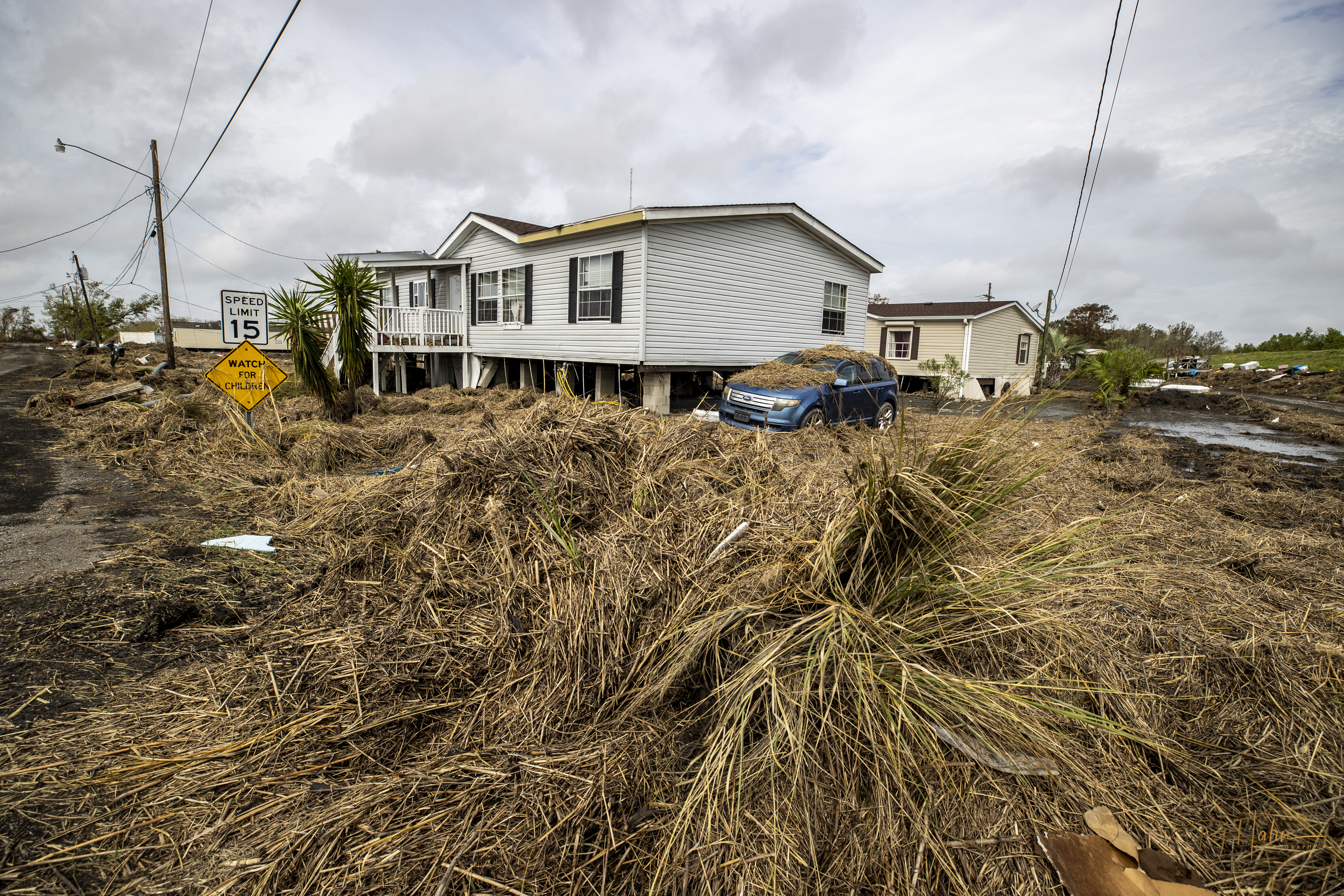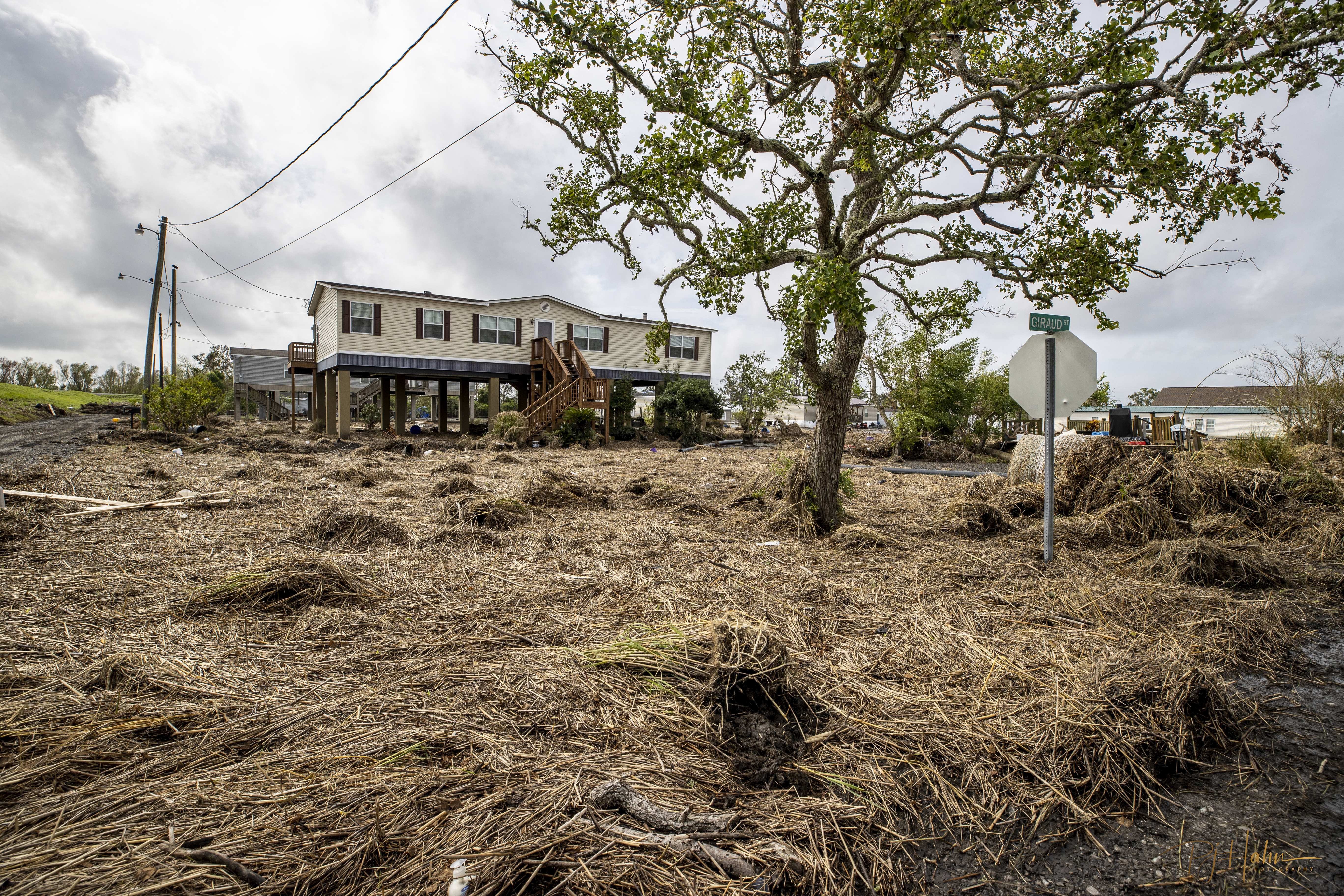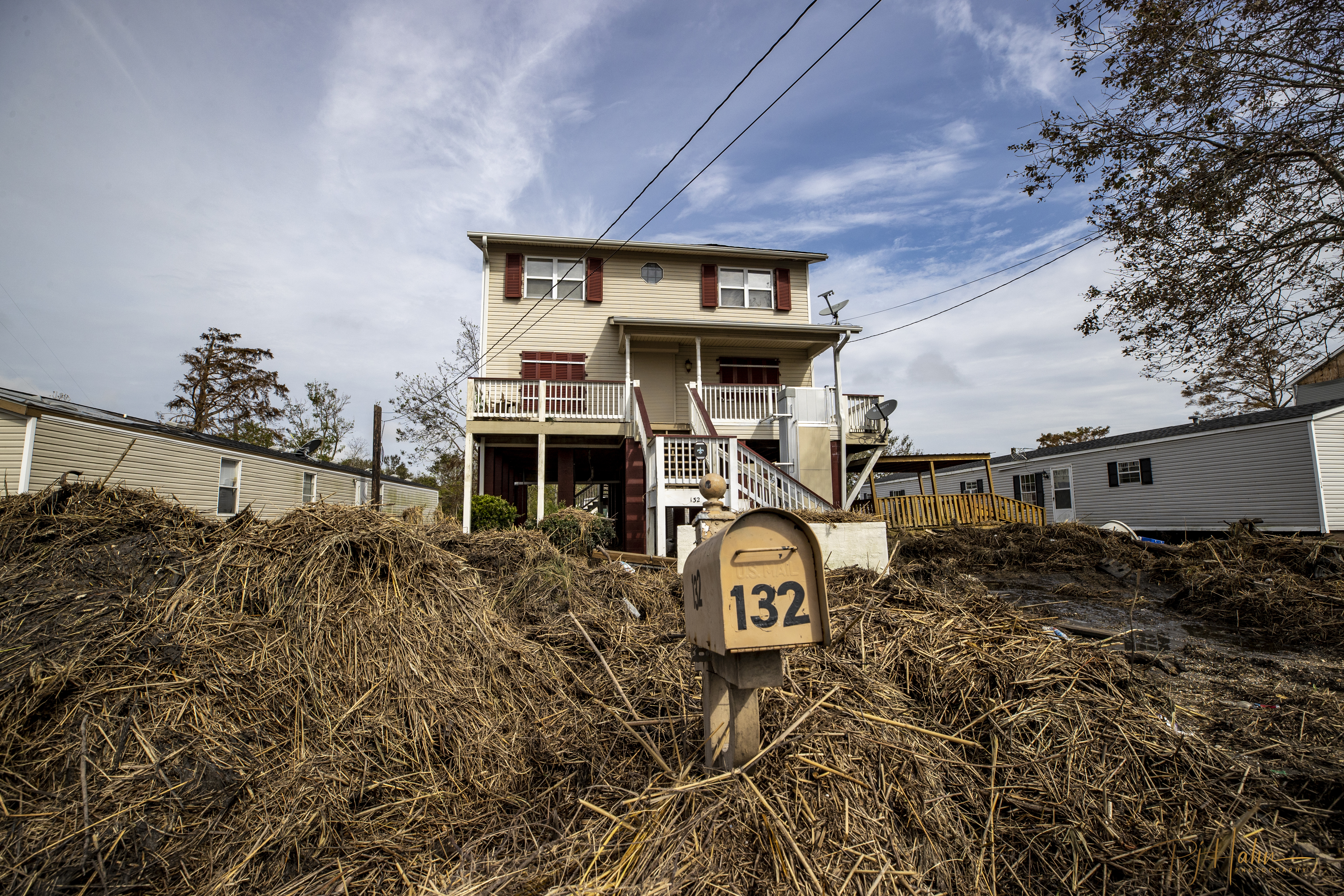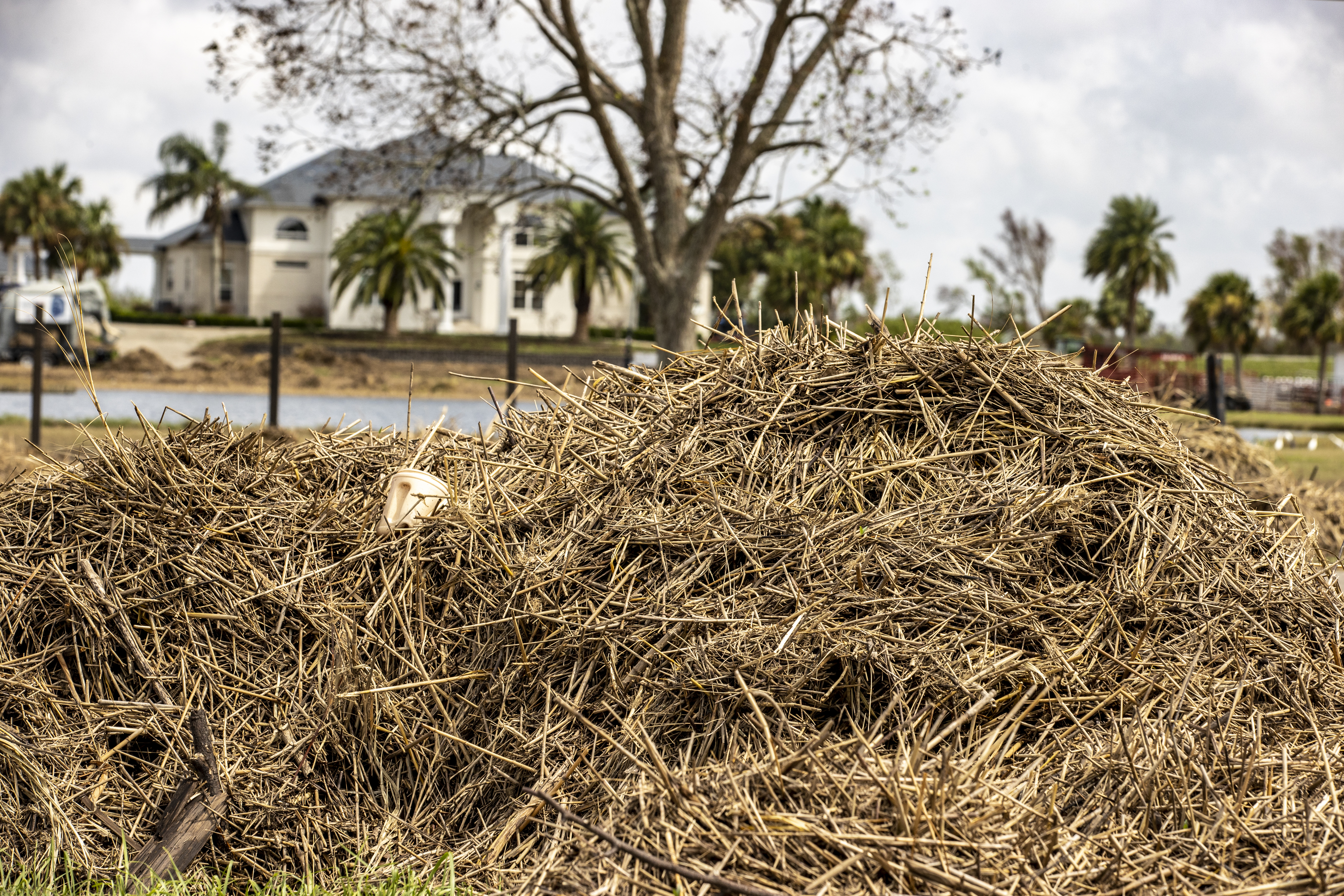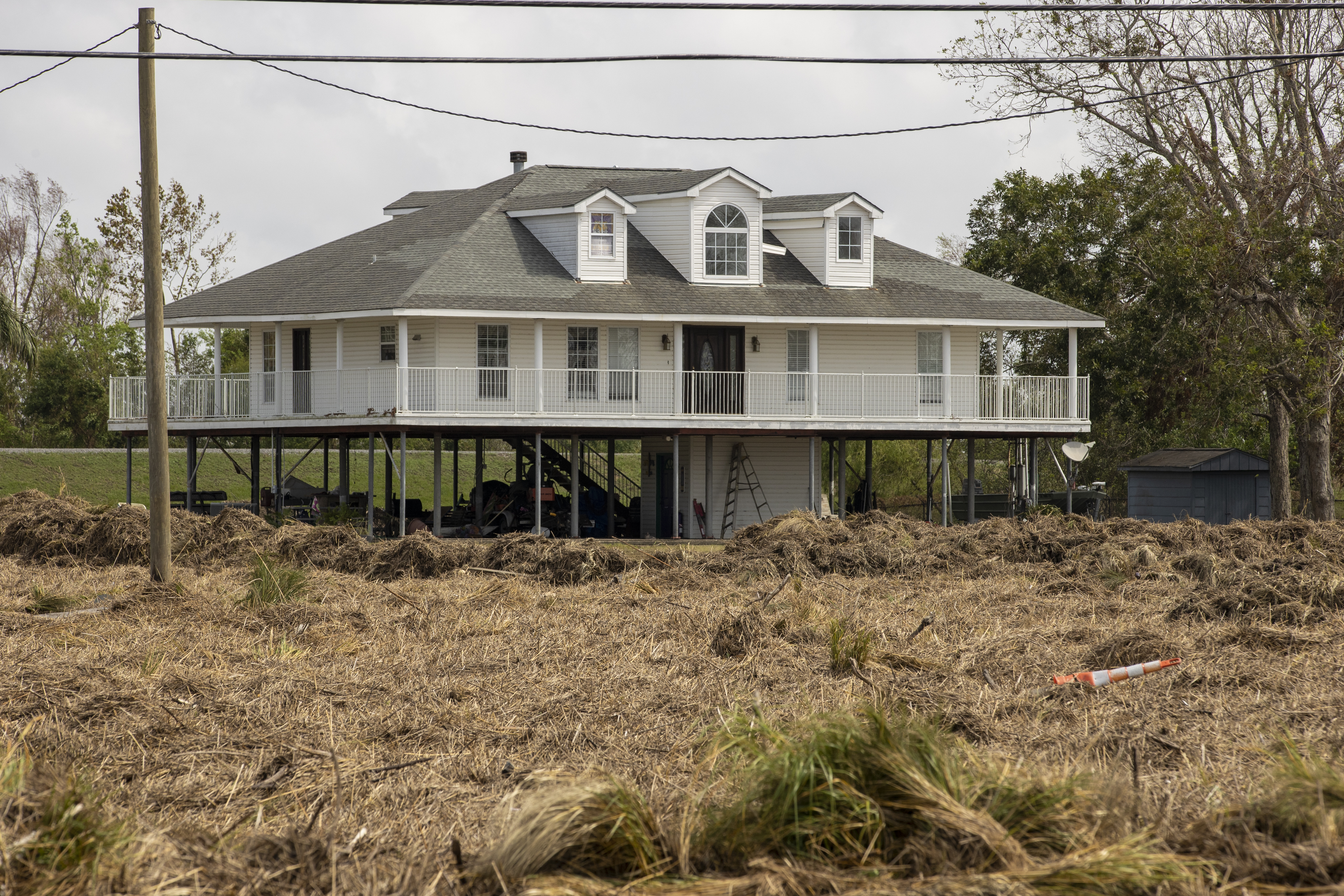IRONTON, La. (WGNO) — It was a startling scene in the small Plaquemines Parish community of Ironton, La., as P.J. Hahn caught shocking images of caskets strewn along the roadside after Hurricane Ida floodwaters reportedly swept them from their burial sites located at two local cemeteries.
The catastrophic damage caused by the category 4 hurricane is still being felt nearing three weeks since it made landfall on Aug. 29 – 16 years to the date Katrina ravaged the same Southeast Louisiana communities and left nearly a thousand dearly departed displaced after the storm.
According to an email received by WGNO from the Louisiana Cemetery Task Force, the state is aware of the situation in Plaquemines Parish and quickly working to remedy the situation and return the dead to a place of resting peace.
“Yes, we are aware of the situation,” responded task force chairman Ryan Seidemann. “Two cemeteries in Ironton were impacted by Hurricane Ida. The devastation is fairly substantial to these cemeteries, but the caskets and vaults appear, based on our aerial surveys, to have remained in the vicinity. We are currently working with the community and contractors to return the deceased to their place of burial.”
Seidemann claims more than 100 graves have been disturbed throughout Plaquemines and Jefferson parishes, and that number could rise as access to more areas become available during cleanup and recovery.
“From Ida, at present, we are aware of 108 impacted graves in at least 34 cemeteries,” said Seidemann. “The most substantial damage has been to cemeteries in Ironton (Plaquemines Parish) and Lafitte (Jefferson Parish), but we have also documented damage in St. John the Baptist, Terrebonne, Ascension, Livingston and Tangipahoa Parishes so far.
“The numbers will rise as areas become accessible and more surveys can be done.”
The Cemetery Task Force was created by the state in an effort to provide support for cemeteries impacted in disasters and the for the recovery of any displaced caskets or vaults.
As for any tips the task force can bestow on the living to ensure the deceased are no longer disturbed, Seidemann offered a few solutions that families and communities can utilize to avoid future disturbances.
“Fully burying people in the ground on a go-forward basis will help to keep newly-interred decedents from becoming displaced in future events,” he said. “Retrofitting on existing burials and entombments to ensure that older decedents are not displaced in future disasters is more complex.
“This really requires family and community efforts to secure above-ground vaults and tombs to the ground. All of these decisions for future protection lie with the families.”
The task force invites anyone with knowledge of such displaced deceased to contact them at cemeterytaskforce@ag.louisiana.gov or by phone at 225-326-6056.
